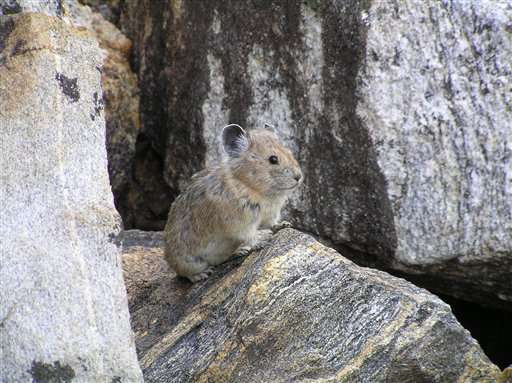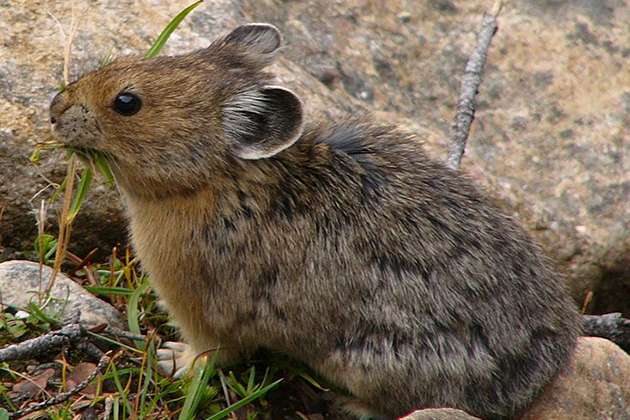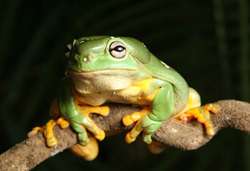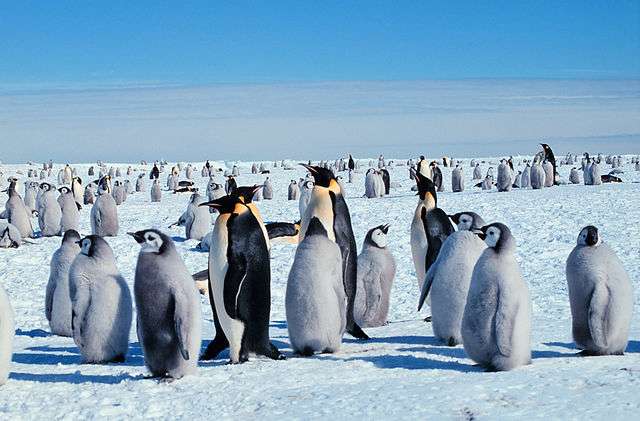Study: Global warming to push one in 13 species to extinction

Global warming will eventually push 1 out of every 13 species on Earth into extinction, a new study projects.
It won't quite be as bad in North America, where only 1 in 20 species will be killed off because of climate change or Europe where the extinction rate is nearly as small. But in South America, that forecasted heat-caused extinction rate soars to 23 percent, the worst for any continent, according to a new study published Thursday in the journal Science.
University of Connecticut ecologist Mark Urban compiled and analyzed 131 peer-reviewed studies on species that used various types of computer simulations and found a general average extinction rate for the globe: 7.9 percent. That's an average for all species, all regions, taking into consideration various assumptions about future emission trends of man-made greenhouse gases. The extinction rate calculation doesn't mean all of those species will be gone; some will just be on an irreversible decline, dwindling toward oblivion, he said.
"It's a sobering result," Urban said.
Urban's figures are probably underestimating the real rate of species loss a little, said scientists not affiliated with the research. That's because Urban only looks at temperature, not other factors like fire or interaction with other animals, and more studies have been done in North America and Europe, where rates are lower, said outside biologists Stuart Pimm of Duke University and Terry Root of Stanford University.

The projected extinction rate changes with time and how much warming there is from the burning of coal, oil and gas. At the moment, the extinction rate is relatively low, 2.8 percent, but it rises with more carbon dioxide pollution and warmer temperatures, Urban wrote.
By the end of the century, in a worst case scenario if world carbon emission trends continue to rise, 1 in 6 species will be gone or on the road to extinction, Urban said. That's higher than the overall rate because that 7.9 percent rate takes into account some projections that the world will reduce or at least slow carbon dioxide emissions.

What happens is that species tend to move closer to the poles and up in elevation as it gets warmer, Urban said. But some species, especially those on mountains such as the American pika, run out of room to move and may die off because there's no place to escape the heat, Urban said. It's like being on an ever-shrinking island.
Still, Pimm and Urban said the extinction from warming climates is dwarfed by a much higher extinction rate also caused by man: Habitat loss. A large extinction is going on, and for every species disappearing for natural causes, 1,000 are vanishing because of unnatural man-made causes, Pimm said.

"I don't know we're at the point where we can call it a mass extinction event, but we're certainly heading that way unless we change direction," Urban said.
A separate study in the same journal looked at 23 million years of marine fossils to determine which water animals have the biggest extinction risk and where. Marine mammals, such as whales, dolphins and seals, have the highest risk. The Gulf of Mexico, Caribbean Sea, western Indian Ocean and Pacific Ocean between Australia and Japan are hotspots for potential extinction, especially those caused by human factors, the study said.
More information: Accelerating extinction risk from climate change, Science, www.sciencemag.org/lookup/doi/ … 1126/science.aaa4984
Journal information: Science
© 2015 The Associated Press. All rights reserved.



















